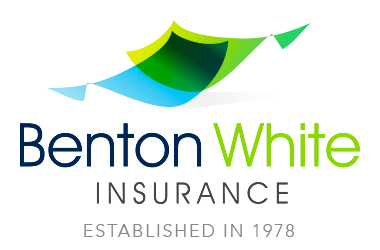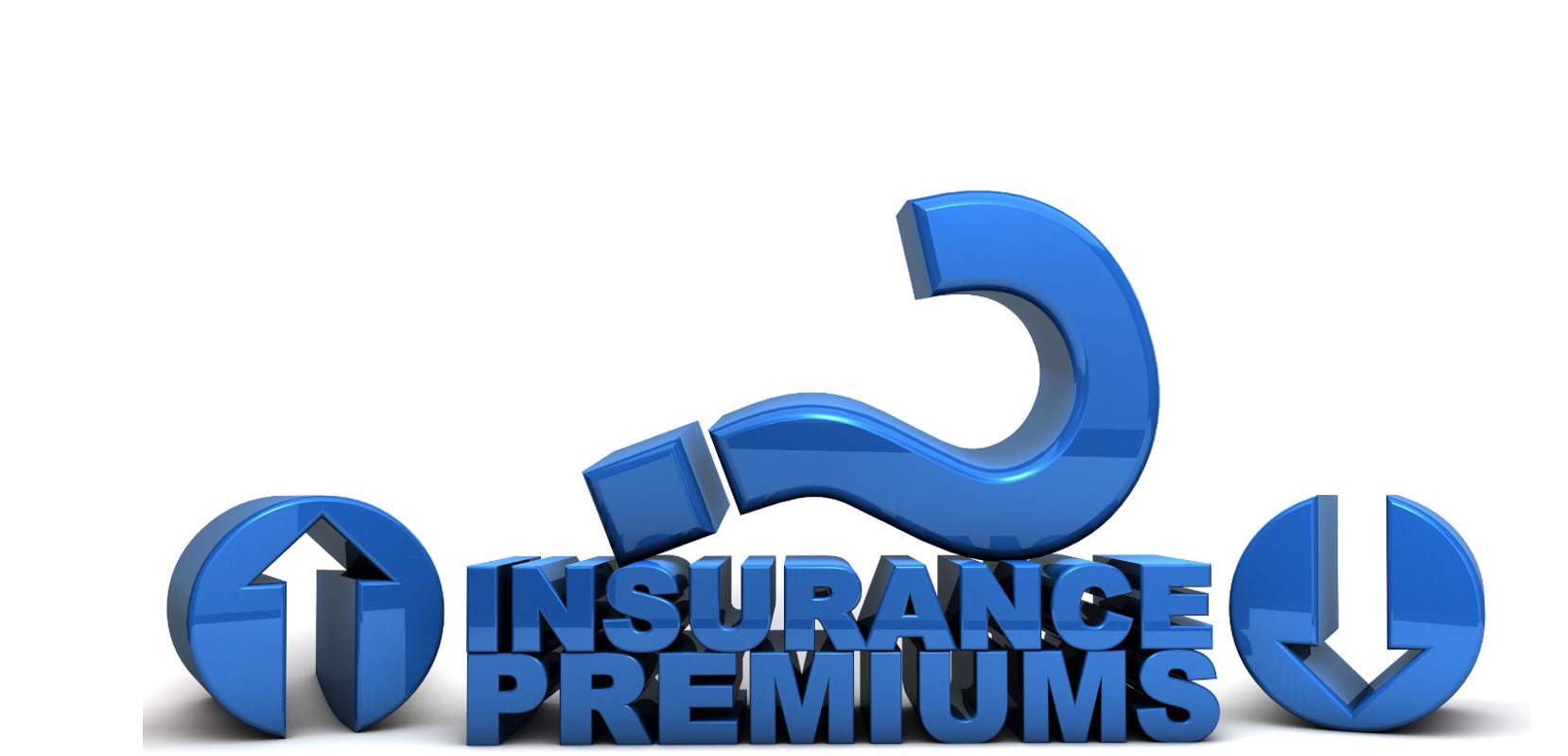We all continue to see changes in our insurance premiums and the higher costs are squeezing a lot peoples budgets. Here, at Benton White Insurance, we do our very best to shop our portfolio of companies to be sure the price our clients are paying are within market price points. None of us want to spend more in premium than we have to but at the same time, we can’t sacrifice coverages either.
I came upon this article and thought it gives a broader perspective from others around the country facing these same issues. It’s just not us folks. For example:

Ezra Croft from North Carolina saw his annual homeowners’ insurance surge to $1,600, a $700 increase. Many others across the country are also seeing surging auto and home insurance premiums. Ezra Croft has never filed an insurance claim, and his house in Raleigh, North Carolina isn’t close to a stormy coastline or a fire-prone forest.
So Croft was surprised when his annual homeowner’s insurance premium shot up to $1,600, or $700 dollars more than he was paying just a couple of years ago.
“I’m a middle income guy,” Croft says. “Don’t make a ton of extra money. At this point I’m teetering on the point of inaffordability.”
Similar complaints can be heard all over the country. On average, insurance companies sought to raise homeowners’ premiums by more than 11% last year, according to S&P Global Market Intelligence.
Auto insurance premiums are climbing even faster, far outpacing overall inflation.
Take Paul Morro. His auto insurance bill just jumped by $600 a year.
“Here’s the kicker,” Morro says. “My wife and I both work from home. So we have no commute to speak of.”
He’s bracing himself for the bill to insure his house, in Herndon, Va. “It just feels like everything is rising at a scary rate,” Morro says.
Why insurance costs are surging
Insurance companies insist they’re just playing catch-up, after two years of big losses. For every dollar in home and auto premiums they collected last year, insurance companies paid an average of $1.10 in claims and expenses, according to the Insurance Information Institute.
“Nobody wants to have that higher-price bill,” says Sean Kevelighan, the institute’s CEO. But he added companies “need to price insurance according to the risk level that’s out there.”
Inflation is partly to blame for those big payouts. The cost of fixing or replacing damaged homes and cars has jumped sharply in recent years as a result of rising labor and material prices.
Even as those prices start to level off, though, insurers are having to contend with a mounting toll of natural disasters, and not just in the usual places like Florida and California.
Last year, there were around two dozen severe storms in the U.S. with billion-dollar price tags, spreading lightning, hail and damaging winds through many parts of the country.
“While a lot of these storms don’t make national headlines, they do tend to be very costly at the local level,” says Tim Zawacki, principal research analyst for insurance at S&P Global Market Intelligence. “And the breadth of where these storms are occurring is something that I think the industry is quite concerned about.”
Customers can sometimes save money by shopping around. Alicia Pitorri switched insurance carriers after the cost of her family’s auto policy jumped more than a thousand dollars.
“It was (unnamed company),” she says with a rueful laugh. “We’ve since switched to (unnamed company) since the renewal went up so much.”
Pitorri, who lives in Nashville, says while she managed to shave a few hundred dollars off the bill, she’s still paying a lot more than she did two years ago.
“What can you do?” she asks. “You need insurance. You can’t have a vehicle or a house without them. So you have to pay for it. And you figure out where you can cut other things to make sure you can drive around.”
Going without insurance
Auto insurance is required in nearly all states. And lenders typically require homeowners who have a mortgage to carry insurance as well. Still, as premiums keep climbing, more people are scaling back their coverage or even going without.
Ezra Croft considered dropping his homeowners’ coverage, but ultimately decided to pay the higher premium.
“I’m fairly good at home repairs, but if something like a tree fell on my house or a tornado or a fire, I don’t know what I would do,” Croft says.
A survey by the Insurance Information Institute last year found 12% of homeowners had no insurance, up from 5% four years earlier. Going without coverage is risky, though, for both individuals and communities.
“Insurance is an important product, not only for economic stability but for community resilience,” says Heller. “We are very concerned that these escalating premiums are going to lead to escalating rates of uninsured drivers and homeowners, which makes us all quite vulnerable.”
Feel free to reachout if we can help you with your insurance. We do our best to be available at the times you need us most. And if we are not, we have other avenues for you to connect. TEXT or CALL 615.377.1212, visit www.BentonWhite.com for a variety of information and service features that can assist you 24 hours each day. EMAIL us at info@BentonWhite.com or you can respond by text directly from our website.
We’re here – doing out best to earn your business. And if you aren’t with us yet, COME on over! We’ll treat you like we want to be treated and we will KNOW who you are in a language you can understand.
Thanks for reading the blog! Pass it along if it’s been helpful to you!
Portions of this blog post was from an article by National Public Radio – written by Scott Horsley – March 3, 2024.





